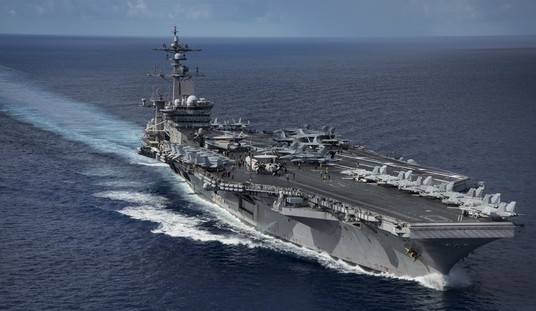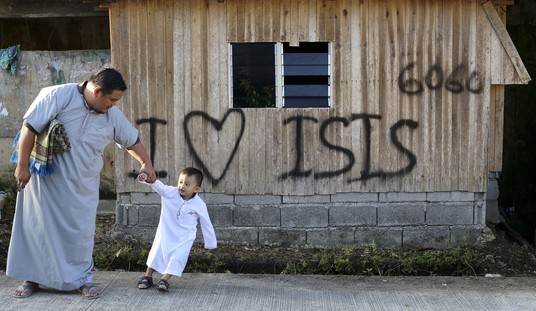
New technical methods transform war footage to place the viewer into the action.
Filmmaker Peter Jackson has decided to step away from the monumental event pictures he is known for (“The Lord of the Rings”, “King Kong”) and instead reach back to reexamine the past. He worked in conjunction with The British Imperial War Museum to take in hundreds of hours of archival film stock and reprocess the imagery for a completely new perspective on World War 1.
Using digital processing techniques Jackson altered the scratched, grainy and underdeveloped film stock and turned it into a vivid display of wartime action, and in the process transform our perspective. The black and white footage is colorized, the various visual imperfections cleaned up, and the variable timing of the action is synchronized into uniform movement.
Movies shot in that era were using unstable acetate film stock that was susceptible to all manner of neglect. The cameras were hand operated and so there was no consistent speed the film was traveling within the camera. This gave those now familiar images were have become used to from that time period, with all manner of visual interference – scratches, flares, exposure problems – as well as the action that was hurried and unnatural, due to undercranked camera operation.
Jackson has cleaned up those visual challenges and corrected the frame rates of the footage and delivers a completely new vision of battlefield experiences. We are no longer looking at distancing footage of a bygone era, we are watching scenes of soldiers that places us alongside. The effect is not so much one that is cinematic as it is intimate. You do not behold the sweeping vista of military theater as much as you descend into the foxhole trenches with the soldiers.
The visual splendor is all buttressed perfectly with audio, courtesy of interviews conducted with those who had just returned from the war. The effect is not of a lecture, but of a guide who is walking you through the process.
We are carried along with the new recruits as war has broken out and they are enlisting. The early stages remain in black and white, as the men – and boys – as they all join to battle dutifully, some eagerly. Today were are barraged with social justice scolds who wish to redefine manhood. One hundred years ago toxic masculinity was awash, and all should be grateful for this. How many 15 year olds today would excitedly lie to join in on front lines?
Then the color comess into frame as we are inserted right into the trenches, told of the daily horror encountered while surrounded by death. Soon there is a call for the time to march out into the fray and directly confront the enemy at their fortification. The scenes of soldiers climbing out, and the advancement of the tanks is as arresting as things can be. The men detail the experience.
“A hare crossed my path – with eyes bulging in fear,” says one soldier. “But I felt it couldn’t have been half as frightened as I was.” Another calmly relates, “They say your past comes up when you think you are going to die, but I haven’t got very much, past at 19.”
The lack of dramatics from these men in recounting their experience is striking. They experienced the crucible of hell, yet they describe their experience in polite, nearly poetic terms. When they reached the German trenches, and conquered, one described his sight. “yOne dead German, leaning against a shell wall, he was a handsome bloke – reminded me of me father. A shell had dissected him mostly, it had taken the whole of his front, from his chest down to his stomach, neatly cut aside. What a fantastic exhibition of anatomym.”
Another, in praise of the field medics who worked inhuman hours toiling over the wounded: “We had some remarkable doctors who worked day and night on various patients on the British front, looking after the wounded. They seemed to never to need any sleep, so what they hadn’t got in numbers they made up in effort.”
As the film closes out it lapses back to that stock footage quality. The poor visuals and unsynced movement actually does more than underscore the visual achievement. You are cast back into the era, just like the soldiers were cast back into an uncaring nation. You listen to the men describe coming back to a society that was completely disinterested in who managed to preserve their very way of life.
“People never talked about the war. It was a thing that had no conversational value at all.” It is jarring to have witnessed – nearly firsthand – what these men went through, and to listen to them coming home to an apathetic nation. “Every soldier I’ve spoken to experienced the same thing. We were a race apart from the civilians.”
Playing in limited release across the nation this is a documentary worth seeking out. The new way of seeing the war is itself worth the time. Being escorted through the process by the heroes who endured it show that even Peter Jackson’s marvelous effort falls short of conveying specifically what transpired to these individuals.
** for more entertainment, political, or bad movie content follow me on Twitter @MartiniShark















Join the conversation as a VIP Member